When disaster strikes, people aren’t the only ones who suffer. Floods, fires, and explosions have torn through entire landscapes—taking animals with them. Some species vanished without warning, while others were forced from the only homes they’d ever known.
These disasters didn’t just change towns—they erased habitats, cut off food sources, and shattered delicate ecosystems.
In the chaos, quiet lives were lost. And in many cases, they were never replaced.
Understanding what was lost helps us see just how much is at stake when nature meets tragedy.
Sea Mink
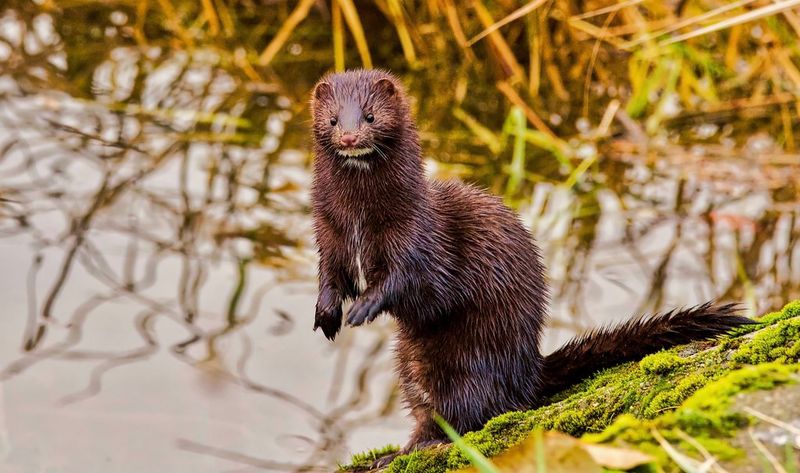
Once found along the northeastern coast, the Sea Mink was hunted to extinction by the late 19th century. These minks were known for their luxurious fur and elusive nature.
Natural disasters like storms further impacted their coastal habitats, reducing food availability. The Sea Mink’s extinction highlights the combined effects of human exploitation and environmental challenges. Today, it serves as a historical reference in discussions about species conservation and sustainable practices.
Ivory-billed Woodpecker
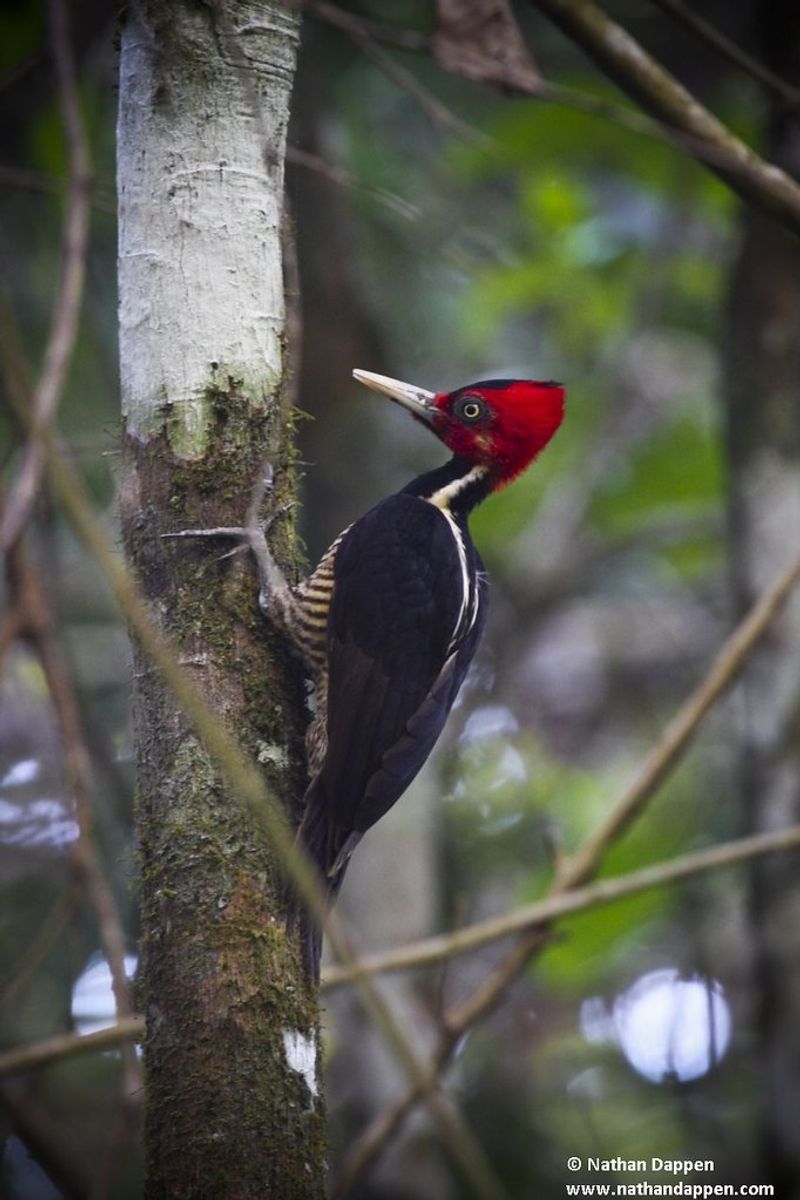
Renowned for its striking appearance, the Ivory-billed Woodpecker was once a symbol of the southern swamps. Deforestation and hurricanes ravaged its habitat, pushing it to the brink of extinction. Efforts to find this elusive bird have yielded little success.
The woodpecker’s unique call and powerful beak made it a subject of intrigue among ornithologists. With its habitat reduced to fragmented patches, it serves as a stark example of how natural disasters can accelerate loss. The ongoing mystery of its existence continues to captivate bird enthusiasts worldwide.
Pinta Island Tortoise
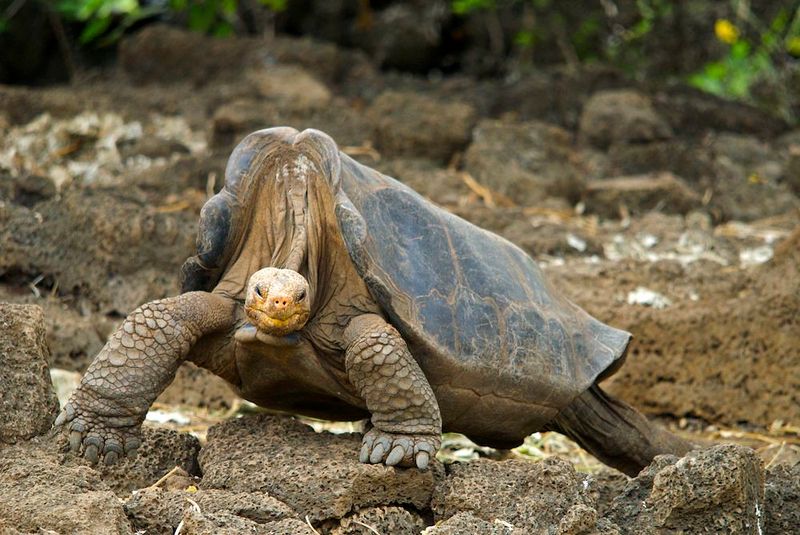
On the remote Pinta Island, this giant tortoise was a symbol of endurance. Human activities and introduced species led to their decline, with the last known individual, Lonesome George, dying in 2012.
These tortoises were essential for their ecosystem, shaping vegetation patterns through grazing. Their story highlights the impact of isolated ecosystems on species survival. Conservation efforts now focus on protecting similar habitats to prevent further losses of unique species.
Heath Hen
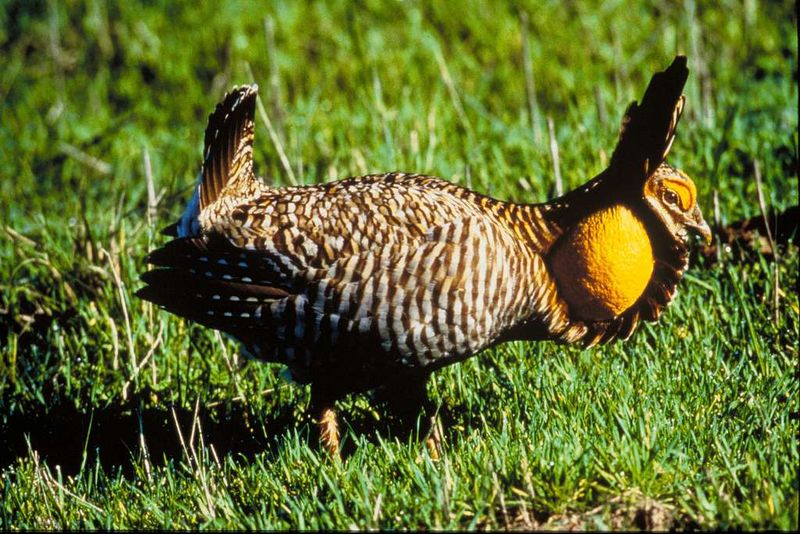
The Heath Hen, once abundant in the northeastern United States, fell victim to habitat destruction and harsh winters. Known for its vibrant courtship displays, this bird captured the imagination of many.
Severe storms and hunting pressures decimated their numbers, leading to their extinction in the 1930s. Their plight underscores the fragility of specialized species in changing environments. Today, the Heath Hen is remembered for its resilience and the lessons it taught about conservation and habitat preservation.
Caribbean Monk Seal
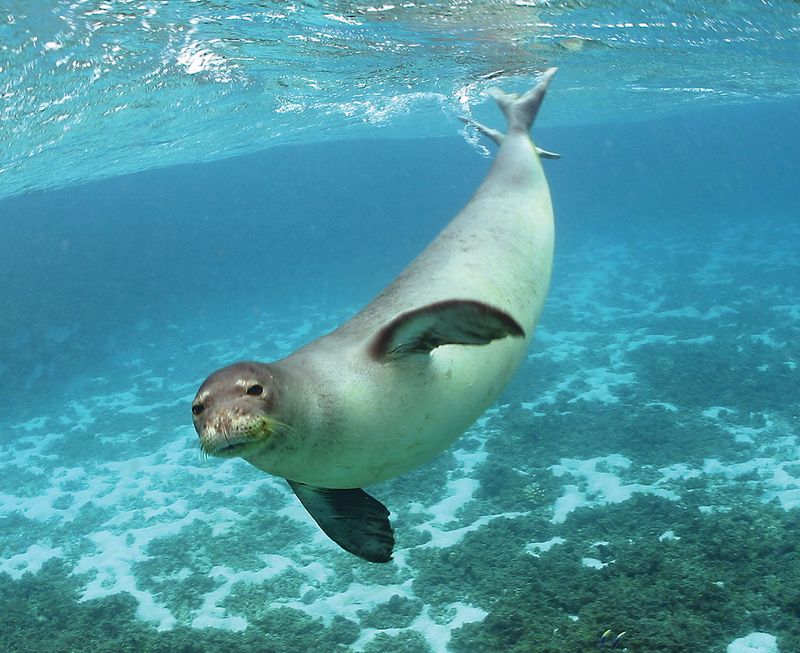
Once thriving in the warm Caribbean waters, the Caribbean Monk Seal met its fate with the introduction of human activities and natural disasters. These seals were known for their playful antics and gentle demeanor. Hurricanes have further devastated their habitat, leaving them with limited resources.
Historically, they played a vital role in the marine ecosystem, balancing fish populations. The last confirmed sighting was in the 1950s. Despite extensive searches, none have been found since, marking them as extinct. Their story serves as a poignant reminder of nature’s vulnerability in the face of disasters.
American Bison
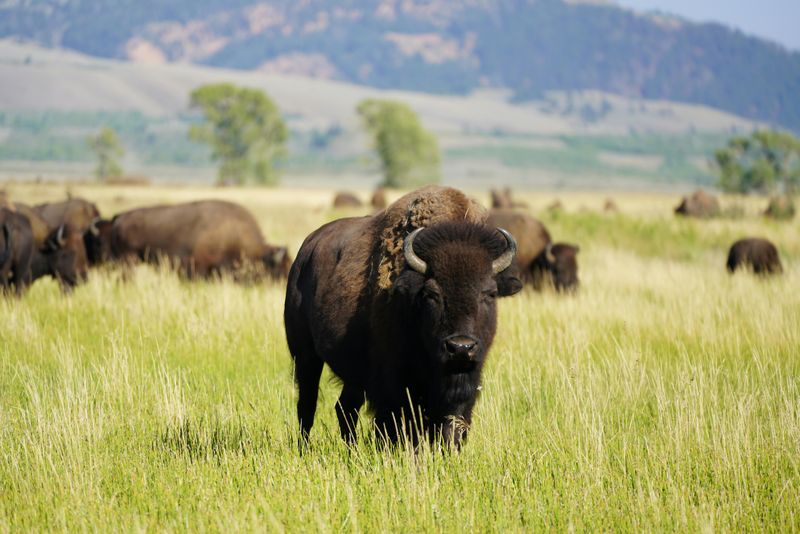
The American Bison, an icon of the Great Plains, faced near-extinction due to overhunting and habitat loss. Natural disasters like harsh winters and droughts further threatened their numbers.
These majestic creatures were integral to Indigenous cultures and the prairie ecosystem. Conservation efforts in the 20th century helped revive their populations, yet they remain a symbol of the delicate balance between nature and human influence. The resurgence of the bison is a testament to successful conservation initiatives.
Dusky Seaside Sparrow
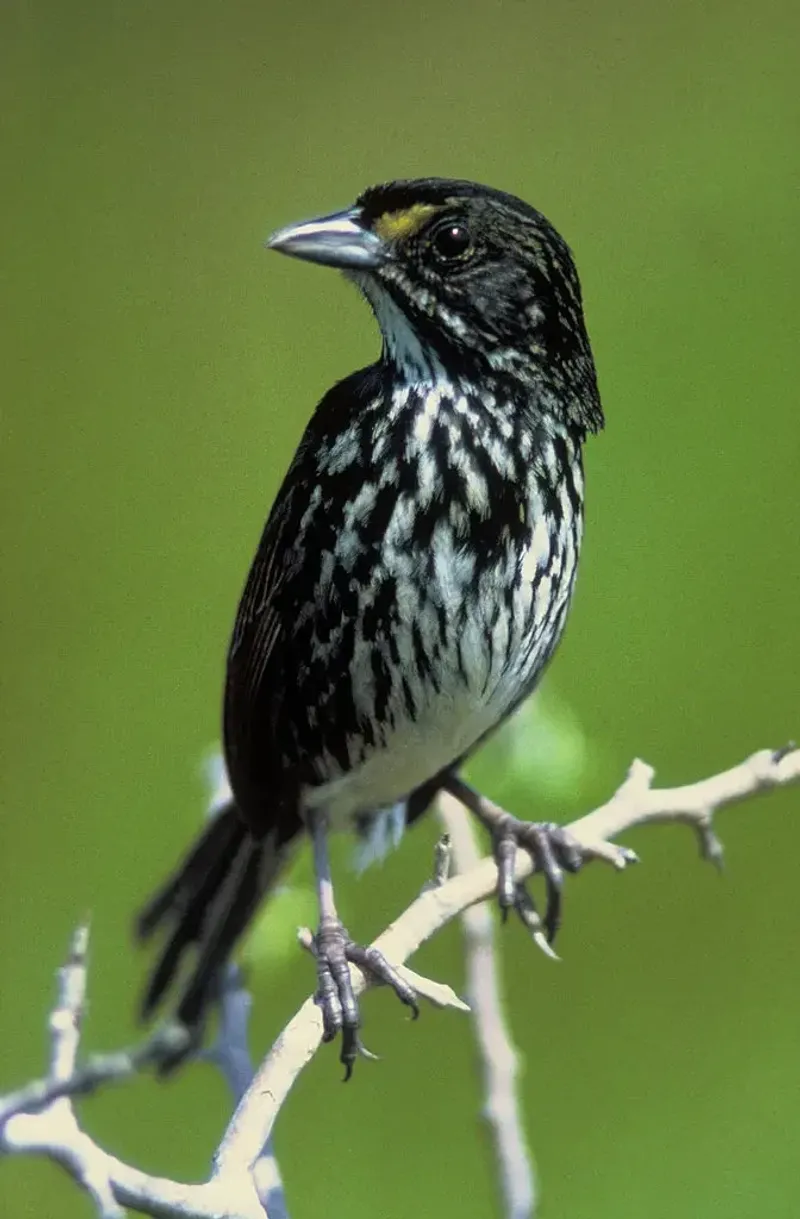
With its distinctive song echoing through the marshes, the Dusky Seaside Sparrow was a beloved sight along Florida’s coast. Urban development and habitat loss pushed this species to extinction by the late 20th century.
Natural disasters like hurricanes further exacerbated their decline, destroying nesting sites and food sources. Their extinction serves as a somber reminder of the interplay between human expansion and natural events. Conservation efforts now aim to protect remaining habitats of related species.
Tecopa Pupfish

In the harsh desert environment of California, the Tecopa Pupfish thrived in the warm springs of the Mojave Desert. However, geothermal development and water extraction disrupted their habitat, leading to their extinction.
These tiny fish were resilient and adapted to extreme conditions, showcasing nature’s adaptability. Their disappearance highlights the delicate balance maintained in desert ecosystems and the impact of human intervention. The Tecopa Pupfish’s story is a testament to the unforeseen consequences of altering natural habitats.
Passenger Pigeon
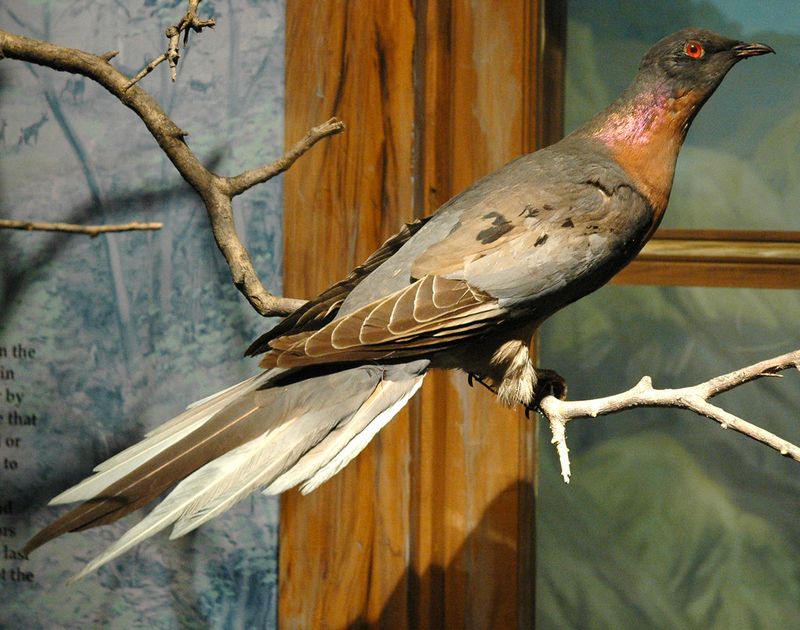
Once numbering in billions, the Passenger Pigeon was a testament to nature’s abundance. However, massive deforestation and hunting led to their rapid decline in the 19th century.
The last known Passenger Pigeon died in captivity in 1914. Natural disasters, compounded by human activities, hastened their extinction. The loss of this species serves as a cautionary tale about sustainable practices and the profound impact of ecological imbalance. Their story reminds us of the responsibility to protect our planet’s natural heritage.
Golden Toad
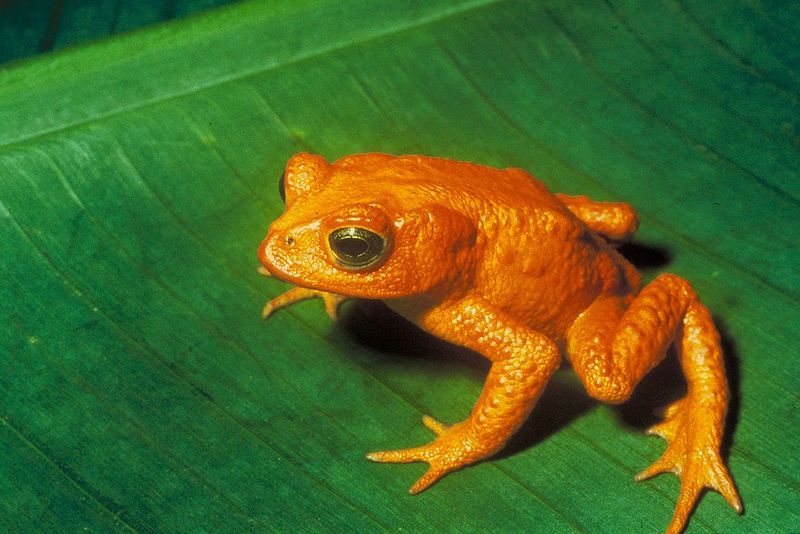
In the mysterious cloud forests of Costa Rica, the Golden Toad was once a shimmering gem. Climate change and habitat destruction led to their rapid decline, with the last sighting in the late 1980s.
These toads were known for their vivid color and secretive nature. Their disappearance underscores the vulnerability of amphibians to environmental changes. Despite efforts to locate surviving populations, the Golden Toad remains a poignant symbol of the impact of global climate shifts on delicate ecosystems.
Bachman’s Warbler

Among the dense forests of the southeastern United States, Bachman’s Warbler was a fleeting sight. Habitat destruction and hurricanes devastated their breeding grounds, pushing them towards extinction.
This warbler was admired for its cheerful song and bright plumage. With no confirmed sightings since the mid-20th century, it exemplifies the impact of natural disasters coupled with human encroachment. Conservationists continue to study their habitat to prevent similar fates for other species.
Labrador Duck
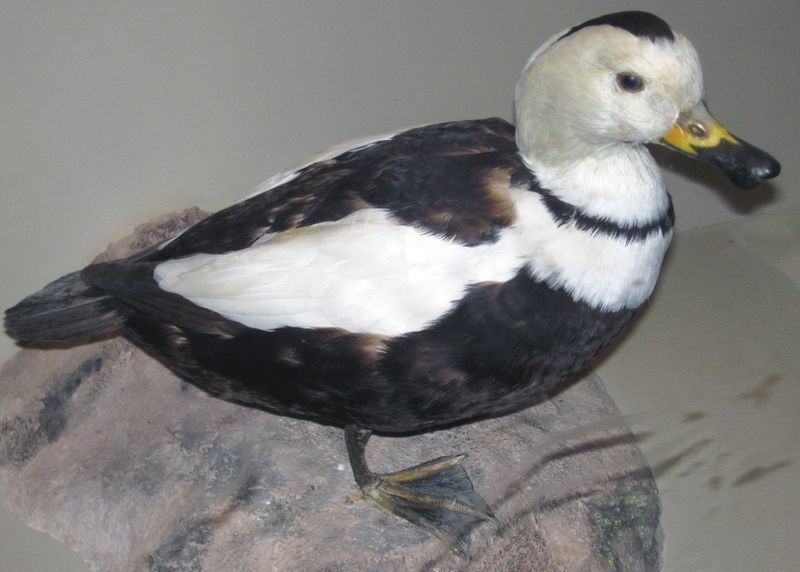
The Labrador Duck, with its distinctive black and white plumage, was once a familiar sight along the northeastern coast. Habitat destruction and overhunting led to its extinction in the late 19th century.
Natural disasters, including severe storms, further disrupted their feeding grounds. Their extinction underscores the delicate interdependence of species and ecosystems. The Labrador Duck is often mentioned in discussions about the importance of preserving wetland habitats and biodiversity.
Carolina Parakeet
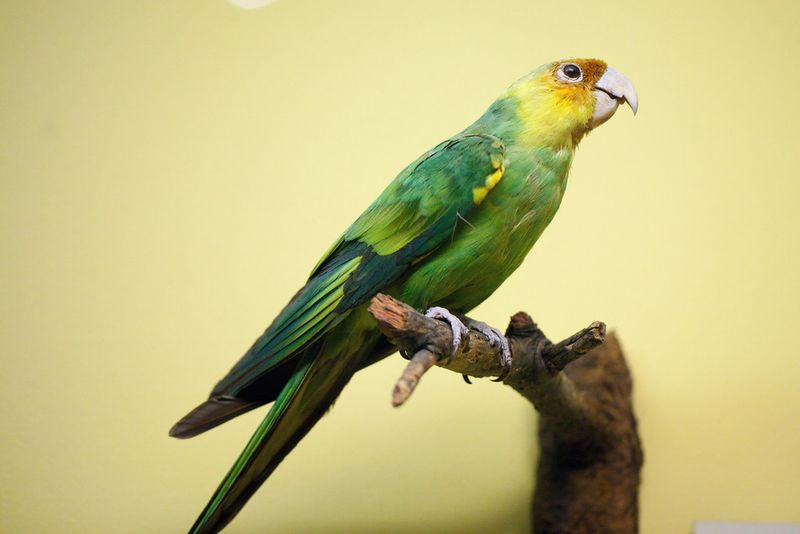
The Carolina Parakeet, with its vibrant plumage, once thrived in the eastern United States. Deforestation and hunting eradicated their populations by the early 20th century.
These parakeets played a crucial role in seed dispersal, supporting forest regeneration. Natural disasters, including harsh winters, compounded their decline. Their extinction serves as a poignant reminder of the intricate connections within ecosystems and the role of human activities in accelerating natural changes.
Rocky Mountain Locust

Once the most abundant insect in North America, the Rocky Mountain Locust swarmed in biblical proportions. However, habitat destruction and agricultural development wiped them out by the early 20th century.
These locusts were feared for their destructive potential, yet played a significant role in nutrient cycling. Their sudden disappearance remains a scientific enigma, highlighting the unpredictable nature of ecological shifts. The locust’s story is a reminder of the delicate balance in agricultural landscapes.

